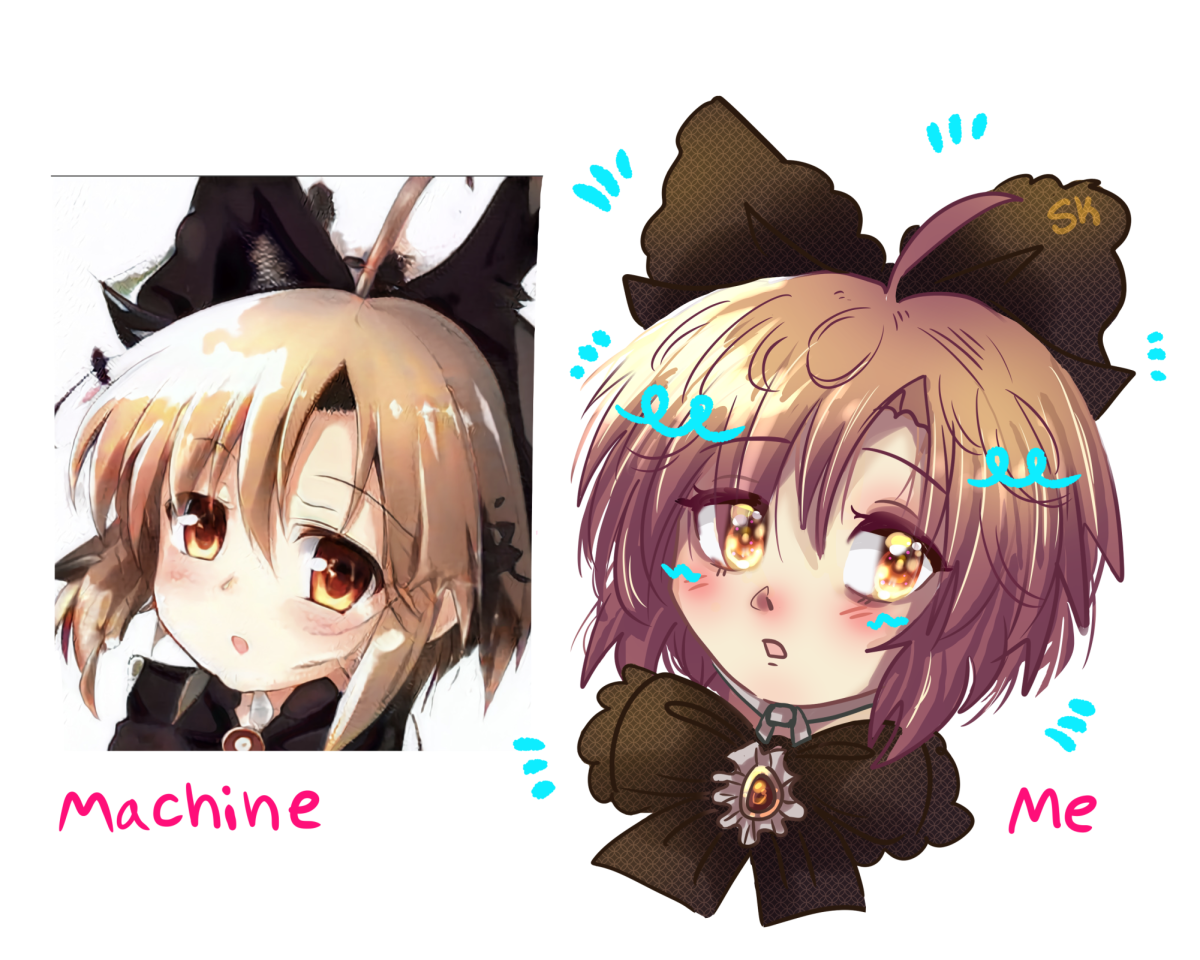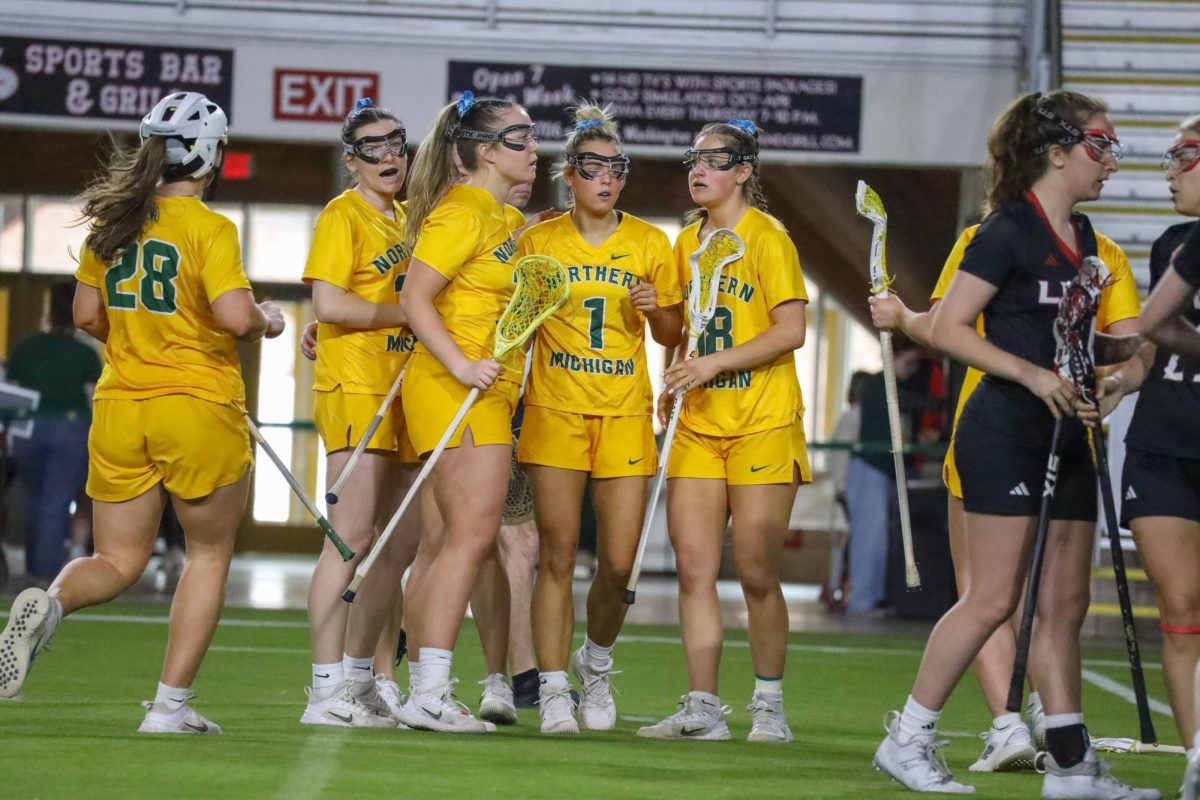Taking a concussion lightly may be the worst thing a player can ever do. A concussion is a serious brain injury, and athletes with concussions should not play until completely cleared by doctors. Many NHL players like Eric Lindros, Paul Kariya and Sami Kapanen still suffer from post-concussion syndrome years after retiring.
Many athletes who have had a concussion at one point or another returned to play too soon. This is also the case with youth sports, where athletes don’t know if they have a concussion or more importantly, when it is safe to return to play.
Hockey today has an increased rate of brain injuries in not only professional levels but all levels as well. Hockey is the fastest game on earth and the speed only continues to increase. Concussions in hockey are the highest they’ve been since the NHL began tracking them in 1997.
A baseline test is a useful tool to have a record of athlete’s cognitive ability prior to a concussion. This test measures memory, reaction time and things like processing speeds. If the player receives a brain injury, the new test results can be measured against the originals to see the differences.
I never really knew exactly what a concussion was until Dr. Michael Collins of UPMC Sports Medical Concussion program explained it in depth during an NHL conference on concussions.
We have rotational and acceleration forces, that cause the brain to move within the skull. There are billions of cells in our brains called neurons. When the brain moves, the neurons will stretch and chemicals that shouldn’t go into the neurons go in and chemicals that shouldn’t go out come out due to these forces. When this occurs the brain is “starved” and this causes an energy problem.
When athletes sustain a concussion, it affects their perception to move within tight spaces due to a problem with the vestibular system in the brain, which integrates sensory information. When an athlete has this problem they are not able to do things they could normally do, like move their eyes and not the head, move within tight spaces or function in busy environments. These are all things that hockey players must be able to do well to excel at the sport.
Brain injuries have been a big topic in the NHL over the past few years. Now when you see a big hit the first thing you think is, “Is that going to be a suspension or a fine?” Hockey has implemented rules to take head shots out of the sports. In the NHL, many hits happen so fast that sometimes players have no chance to react; they have now implemented Rule 48, which is the rule for illegal checks to the head.
On August 26, 2011 Marquette area schools passed a rule stating that all high school athletes are required to take a baseline imPACT test before participating in any sport. I believe every state should make the baseline test mandatory for youth athletes before each season as a part of the mandatory pre-season physical.
No player at any level of hockey should be allowed to re-enter a sport until approved by a doctor. Many athletes who had a concussion at one point or another returned to play too soon. Most of all, these players have said they now suffer long-term effects every day. Former NFL player Dave Duerson committed suicide because he could not handle his post concussion syndrome anymore.
The more knowledgeable doctors, athletes and families alike become on concussions, the less likely players will return to play until they’re completely healthy. Although sports can be dangerous, and it is hard to entirely eliminate hits to the head, we can make sure we know the correct process to heal a concussion and gain respect within the games to not hit other players in the head.
























